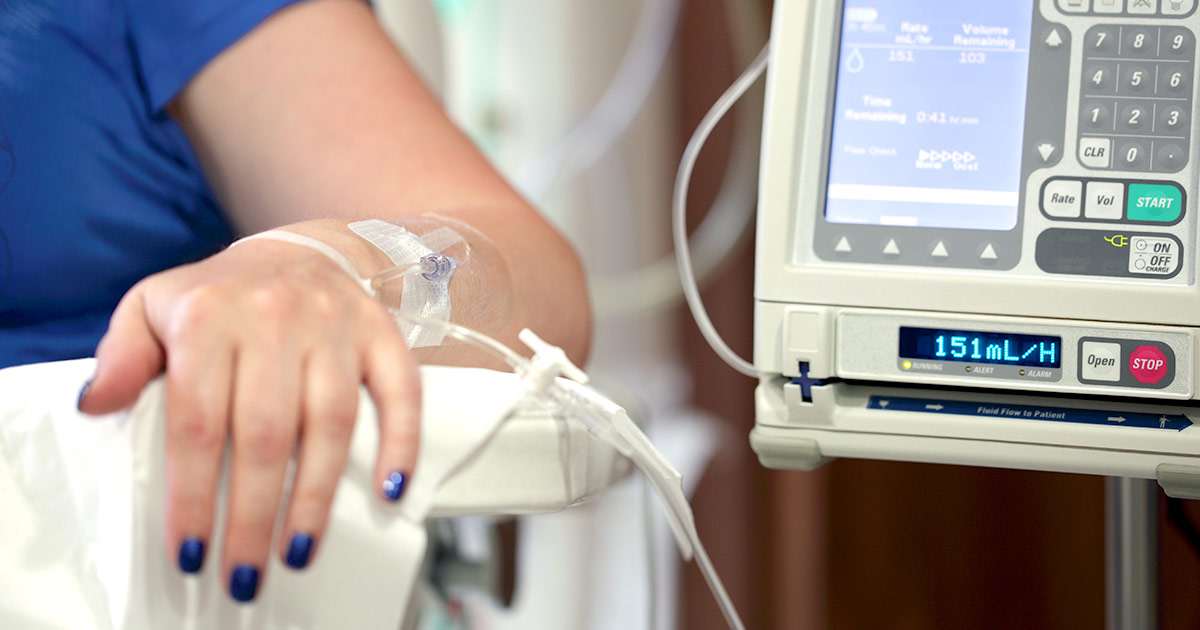Acute Lymphoblastic Leukemia Symptoms And Solutions
Chemotherapy

The cancer treatment team determines solutions, also termed treatments, for acute lymphoblastic leukemia. They are based on the type of ALL present and the affected parts of the body. Chemotherapy is using chemicals (a.k.a. medication) for treatment. Chemotherapy involves taking medications intravenously, by injection, or by mouth, in cycles. The length of each cycle depends on the patient, the progression of their condition, and on their response to chemotherapy. The cycles provide rest periods in which no treatment is provided, which allows the body to recuperate. This provides some insight into the effect of these medications on healthy and cancer cells.
